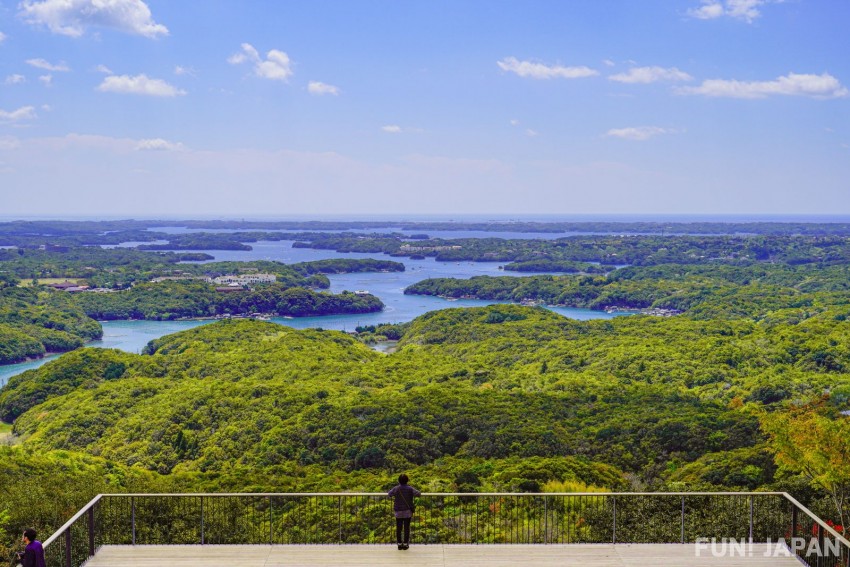
There is a total of 47 prefectures in Japan.
Just as the townscapes, activities, and gourmet foods differ from region to region, the characteristics of local people also vary. In this series, we will delve into the local circumstances of each prefecture by introducing attractions and local people's tidbits.
This time, we will be focusing on Mie Prefecture. Let's learn together about Mie, which is home to the stunning views of Ise-Shima on the eastern side of the Kii Peninsula and the Ise Grand Shrine!
A pilgrimage of gratitude is the origin⁉ A prefecture of Mochi sweets galore more than just Akafuku!
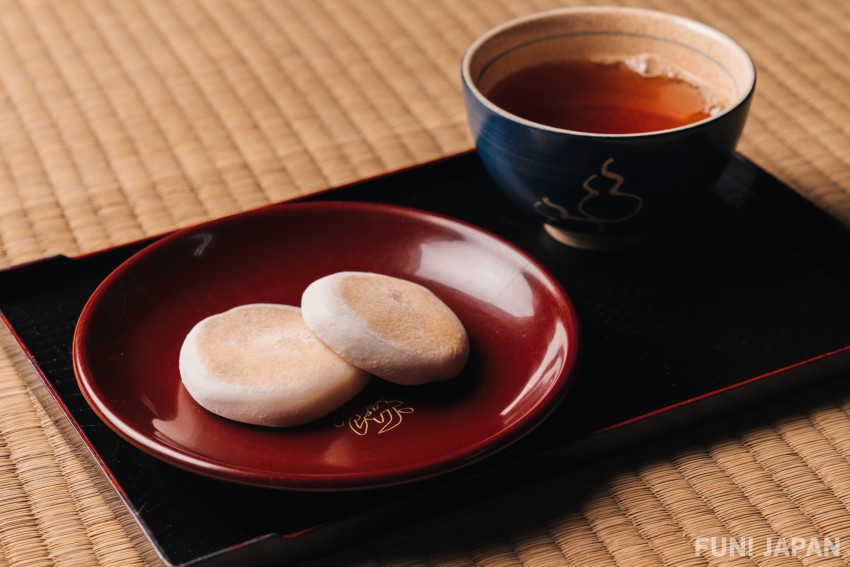
Ise Shrine in Mie Prefecture, known by names such as "O-Ise-san" and "Dai-Jingu-san", has a history of over 2000 years.
It enshrines Amaterasu Omikami, the most revered deity in Japan's oldest existing historical texts, the "Kojiki" and "Nihon Shoki". During the Edo period (1600-1868), there were several pilgrimage booms, so much so that the phrase "Once in a lifetime, visit Ise" was born among common people. It is said that at the height of the boom in 1830, during the "Bunsei's Gratitude Pilgrimage", one in six people in the population visited Ise Shrine.
In contrast to today, in an era without trains or cars, it was a long journey to Ise from all over the country. Therefore, travelers to Ise all preferred to eat mochi, a food that could be eaten quickly and keep one filling full on their journey.
From this history, along the Sangu Road from Kuwana to Ise, many mochi sweets were sold and it came to be known as the "Mochi Road"!

In addition to Akafuku Mochi, which has become a staple souvenir of Mie, you can also enjoy delicious mochi sweets such as Nikenjaya Mochi, Henba Mochi, Taiko Shusse Mochi, and Ofuku Mochi at various shops to this day.
Chubu? Tokai? Kinki? Mie Prefecture's stance is to take the best of various areas
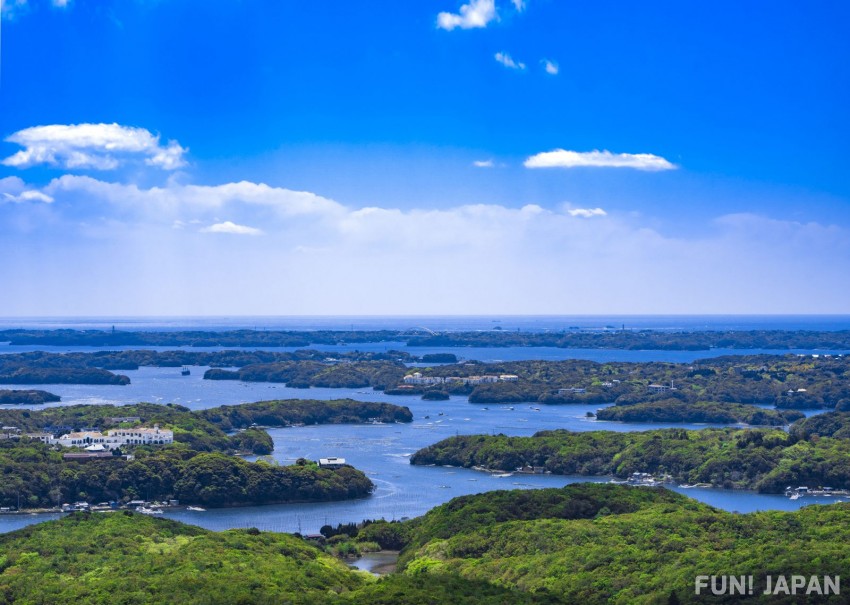
Regarding Mie Prefecture, a common question among Japanese people could be, "Which region does Mie belong to?"
This is because Mie is adjacent to Aichi and Gifu, which are classified as the Chubu or Tokai region, and Kyoto, Shiga, Wakayama, and Nara, which are classified as the Kinki or Kansai region. For example, in weather forecasts and regional divisions by Japan Meteorological Agency, Mie Prefecture is classified as the Tokai region. Also, high schools in Mie participate in the Tokai district baseball tournaments.
On the other hand, in school education, Mie Prefecture is often treated as the Kinki region in "Social Studies" teaching materials. According to Teikoku Shoin, a famous publisher of textbooks and atlases, this is because the 7-region division featured in the national textbook published in 1903 included Mie Prefecture in the Kinki region. In addition, there are deep ties in actual life and cultural aspects, such as the use of dialects included in the Kansai dialect, thus Teikoku Shoin treats Mie Prefecture as one of the prefectures of the Kinki region in its materials.
Furthermore, in other regional agencies of the National Police Agency, Mie falls under the jurisdiction of the Chubu Regional Police Bureau, and the way it is classified varies even among administrative agencies.
Opinions on which region Mie Prefecture belongs to even vary greatly among its residents. If an older high school baseball fan says, "Mie is in the Tokai region," a primary school student might respond, "I learned in school that it's in the Kinki region. It's also written in the atlas." Meanwhile, for those residents who live in cities like Iga and Nabari both within commuting distance to Osaka, there is a large number of people who want to be classified as part of the Kansai region as they can watch TV programs from both Kansai and Nagoya.
Interestingly, perhaps because this debate has been ongoing for many years, the official Mie Prefecture website has a page titled "Is Mie Prefecture in the Chubu region? Or the Kinki region?" where it is clearly stated at the beginning of the page, "We consider Mie Prefecture to belong to both the Chubu and Kinki regions."
The reason for declaring that it "belongs to both regions" is because Mie is close to both Nagoya and Osaka, and has strong ties in terms of lifestyle, culture, and economy. Legally, it is designated in both the "Kinki region" under the Kinki Region Development Act and the "Chubu region" under the Chubu Region Development Act.
It's quite unique for the government to officially claim to belong to both regions, but being able to pick and choose the best of various regions is unique to Mie Prefecture. If you have a chance to talk to a resident of Mie Prefecture, why not ask which region they belong to?
※Regional divisions are divided into Hokkaido, Tohoku, Kanto, Chubu, Kinki, Chugoku-Shikoku, and Kyushu regions
The town of one of the three major merchants, "Ise Merchants"! The friendliness is inherited from the ancestors!
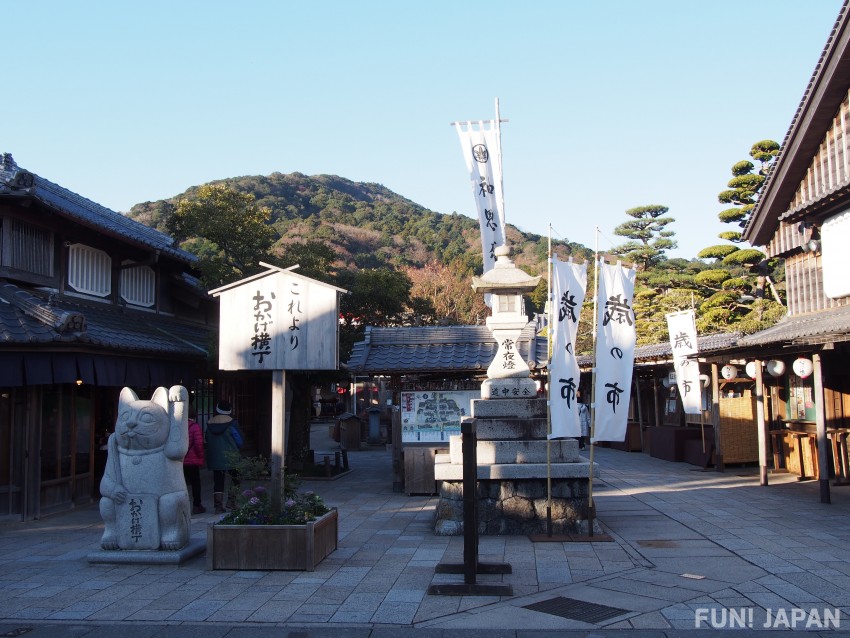
Ise, Mie Prefecture, which has flourished since ancient times with visitors to Ise Shrine, is known as a town of merchants. Alongside Osaka merchants and Omi merchants※, it is counted as one of the three major merchants, known as the "Town of Ise Merchants".
The Ise merchants refer to merchants from Ise Province who had stores in Edo and Kyoto during the Edo period (1600-1868). At that time, in the town of Edo, there were many stores of Ise merchants, starting with "Iseya", "Echigoya", "Tambaya", etc. Their business skills were so envied by the townspeople of Edo that they were derogatorily referred to as "Ise beggars".
Among the Ise merchants, the merchants of Matsusaka, now famous for Matsusaka beef, were particularly powerful. They had specialties such as Matsusaka cotton and tea, and because they could easily obtain the latest information from the people visiting Ise Shrine, the merchants of Matsusaka opened stores in Edo one after another. In the middle of the Edo period, it is said that as many as 50 Matsusaka merchants had set up shops in Edo.
Given the nature of the area where people from all over the country gather for the Ise pilgrimage, and the merchant-like qualities derived from the Ise merchants, the people of Mie Prefecture generally value friendliness. Being cheerful and friendly makes it easier to do well in business, and considering that they grew up surrounded by the magnificent sea views of Ise-Shima, it's understandable that they would develop a gentle and generous character. Also, since their birthplace is the home of the gods, they believe that if they lie or do something bad, they will be punished, so they basically "hate lies". So, when communicating with people from Mie Prefecture, be careful not to tell clumsy lies with jokes or flattery!
※A general term for merchants who set up shops in Omi Province (now Shiga Prefecture) and traveled to other countries for trade

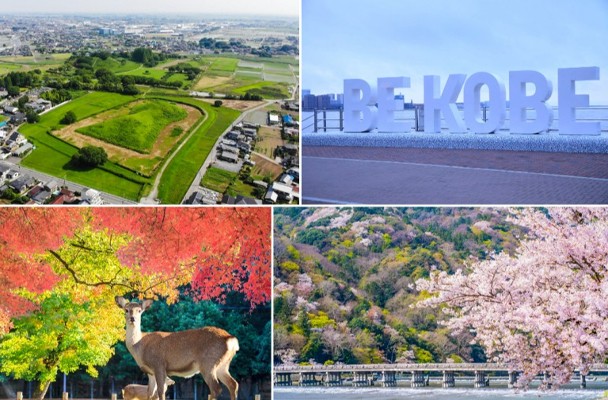
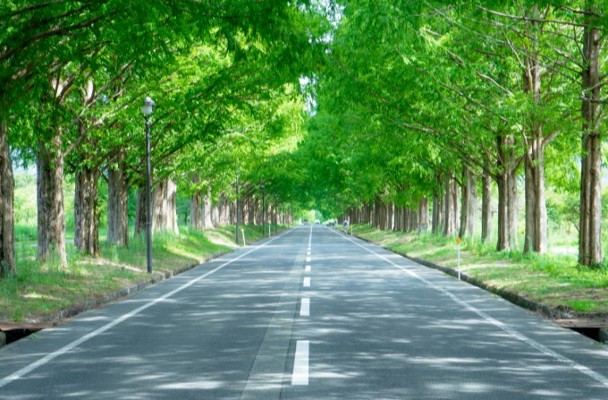



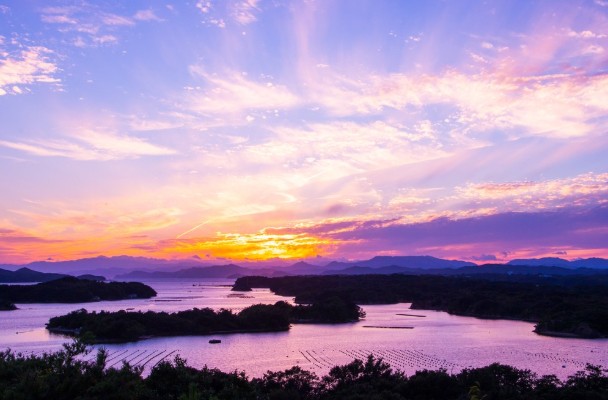

Comments